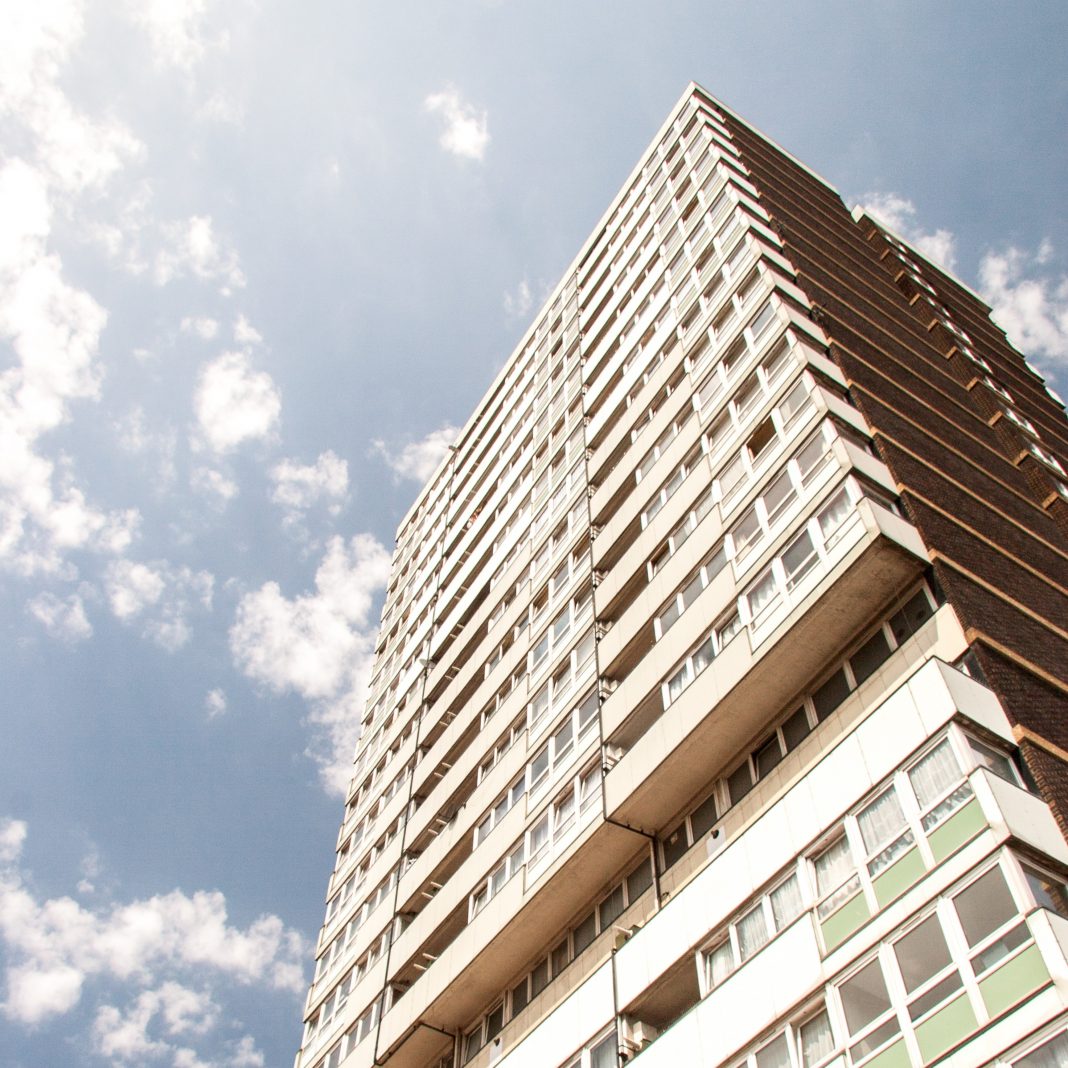With thousands of flat-owners across the country affected, people have woken up to the risks of unsafe cladding – Mary-Anne Bowring, MD of Ringley offers advice to leaseholders stuck in blocks with untested cladding
Thousands of flat-owners have been affected by the risks of unsafe cladding. New fire safety regulations are preventing people from remortgaging, selling, and leading to increased mortgage rates.
With the new regulations taking months before buildings are compliant, it’s not going to go away any time soon.
We are seeing a sea change in the approach to buying and selling buildings in the UK, with a renewed focus on fire safety, homeowners and prospective buyers need to take into account a number of new factors when they think about moving to a new home.
Sales will move slower
Building owners are scrambling to catch up with new regulations that require fire safety documentation that proves what a building actually consists of. This can be a long process that includes sending components away to a laboratory for testing. People need to be aware that sales will be held up while this process takes place.
Mary-Anne Bowring, group managing director of Ringley said: “There are currently far more buildings that need to be checked than there are qualified professionals to check them. If you are looking to sell, be prepared for the risk assessment process to take longer than you would normally expect. Don’t set a deadline that can’t be met.”
Changes to mortgages
EWS1 forms were introduced in the wake of the Hackitt review, and are designed to prevent another tragedy like the 2017 Grenfell fire. To certify that a building is safe, it needs to have a signed EWS1 form.
Bowring said: “If you do not have a signed EWS1 from then your lender may refuse any attempts to remortgage, or they might put your interest rate up until a new EWS1 form is provided.
“Don’t wait until you need to remortgaging before you check the status of your fire risk assessment.”
Plan ahead
The fire safety risk assessment and the process of getting a signed EWS1 form can take several months, leaving those looking to sell stuck in a property far longer than they intended.
“You should ensure that, even if you’re not thinking of selling right now, your managing agent or freeholder has started to put together the necessary information needed, and that they’ve identified a suitably qualified professional to sign your EWS1 form.
“It’s never too early to start thinking ahead,” says Bowring.
Look out for a bargain
The government’s new regulatory framework for high rise residential buildings will initially leave developers uncertain on the new processes. This may give cash-buyers the opportunity for a bargain.
Bowring commented: “Obviously the first priority of any buyer should be ensuring that their new home is safe.
“But as new regulations are implemented on new builds, there will be developers looking to get stock over the line, and reduced prices as a result.”
Keep yourself informed on fire safety rules
Thanks to new rules, building owners are now required to make themselves more available to residents. This includes putting their contact information in the lobby on new buildings and having formalised consultations with residents.
“The new regulations around fire safety are very complex, and can involve every aspect of the building, right down to the type of glue used. You make sure to keep yourself informed by speaking with your freeholder, and making sure that the right steps are being taken before you need to sell or remortgage,” added Bowring.

















